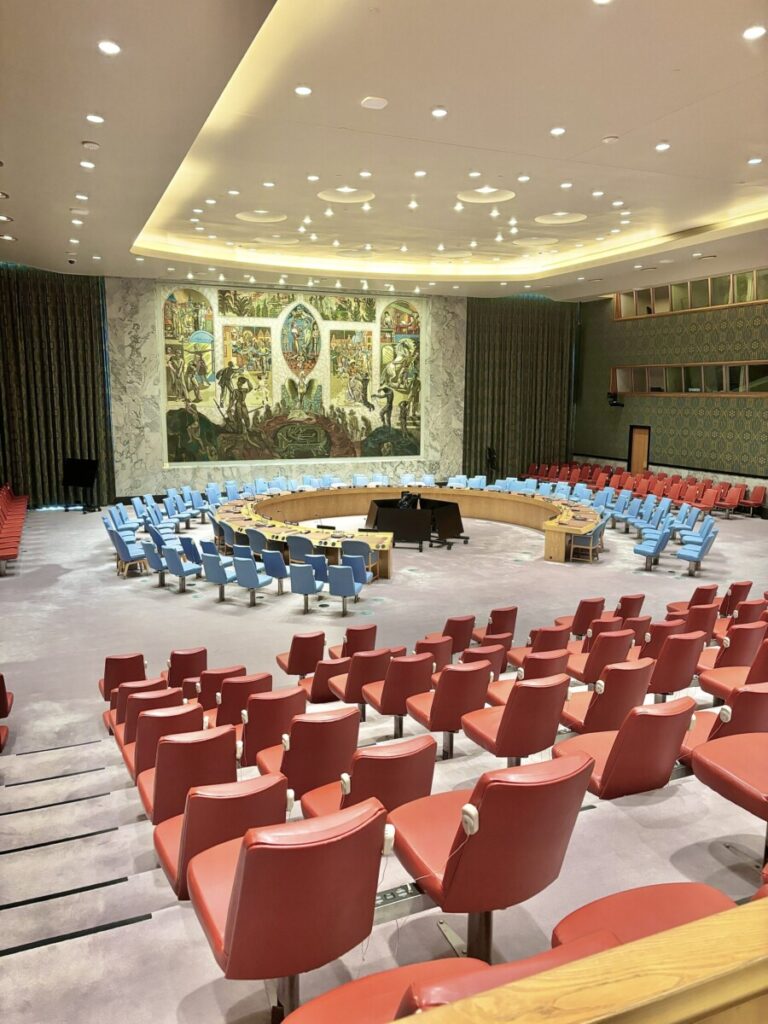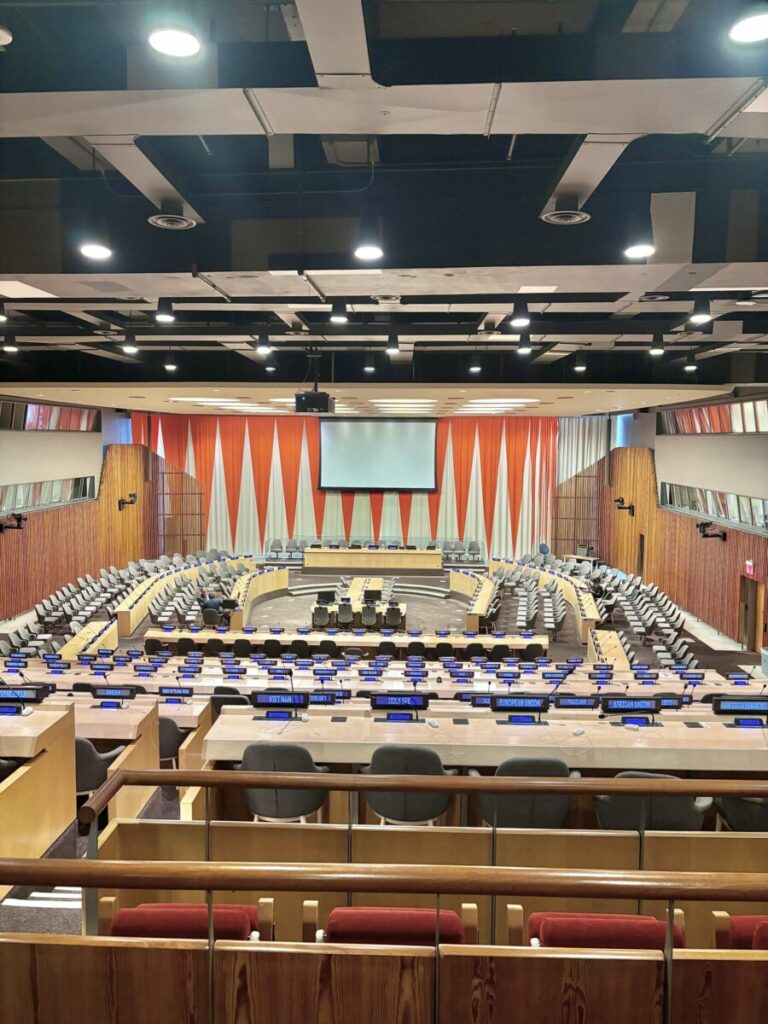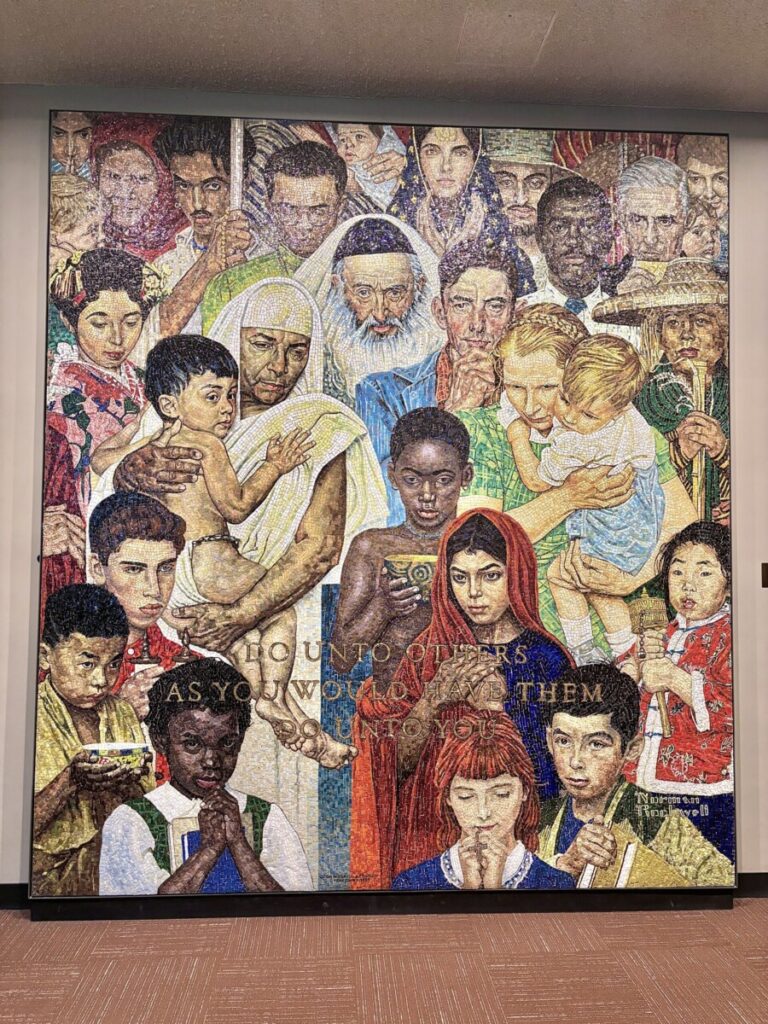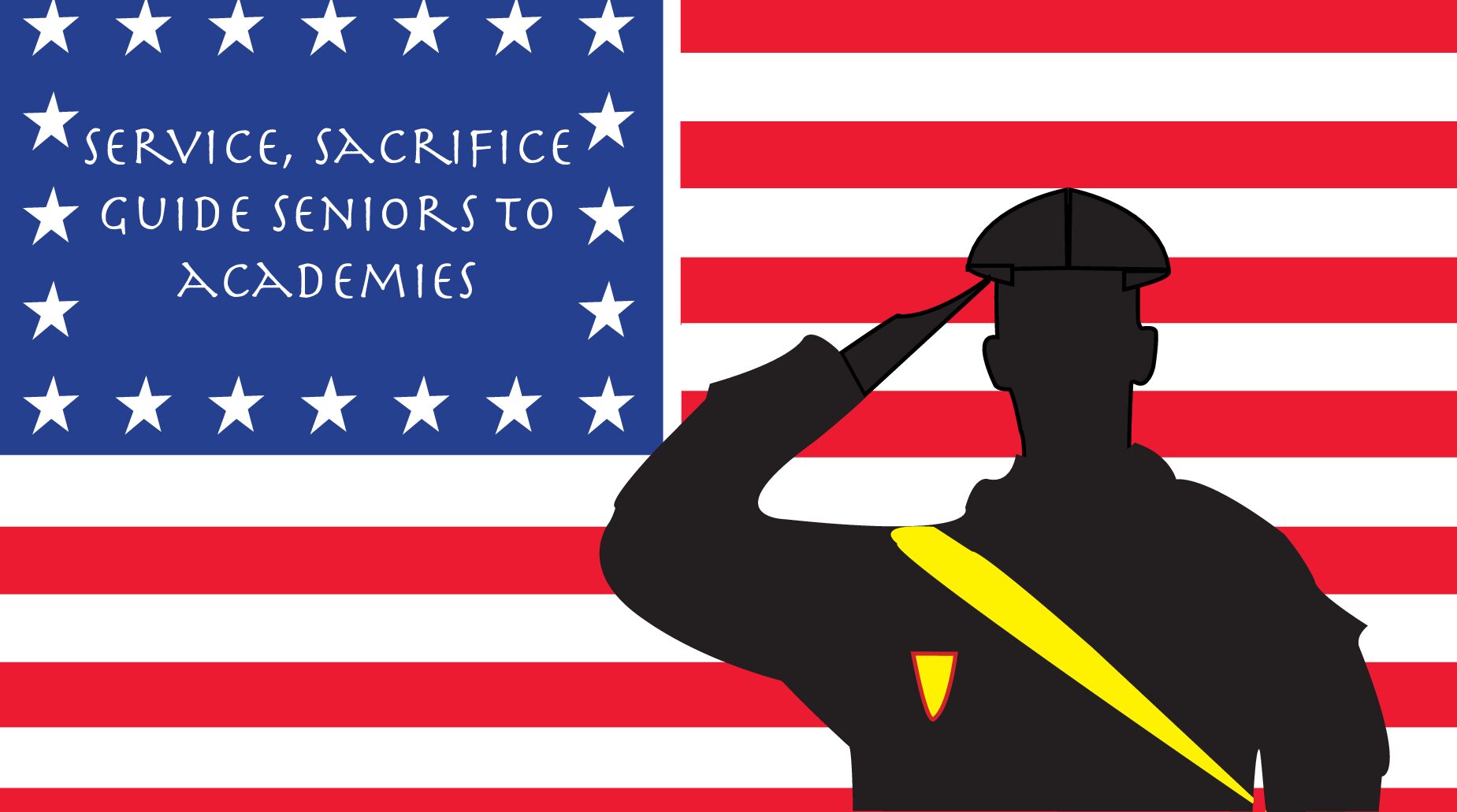Amy Meng, Editor-in-Chief
In 2019, my sixth-grade self excitedly took the train with my Saxe MUN teammates, entering the United Nations Headquarters in New York City for the first time. Six years later, I find myself in the same spots—waiting in the security line, watching the 195 flags, organized in English alphabetical order, waving in the wind, and admiring the international relics adorning the main entrance hall. Standing on international territory, the tour guide took us into various conference rooms, explaining in detail the history behind each room’s design and the rationale behind seating arrangements.
While the train rides and walking through New York City were certainly fun, my personal highlights of this United Nations trip include learning about the official logistics of everyday international conferences, the history behind nations’ various gifted artworks scattered throughout the building and gaining deeper insights into each of the seventeen sustainable development goals (SDG).
Our MUN club was also honored to be able to attend a presentation by Dr. Donald Lee, who has extensive experience and knowledge in the first sustainable development goal, No Poverty. His hour-long presentation included insights into the definitions of poverty, the international prevalence of poverty and the current American economic issues that may exacerbate poor financial situations of millions of citizens. While I was aware of the growing financial divide, it was intriguing to analyze the data trends and how economic relations with various nations continue to contribute to increasing economic inequality.

Our tour guide, originally from Berlin, Germany, took us into the conference rooms, delving into the history and cultural significance of the wallpapers, carpets and curtains. We sat in the rows of green chairs situated above the circular formation of blue and red chairs at the bottom of the Security Council chamber, gifted by Norway in 1952. From the horseshoe-shaped table in the middle to the large, intricate mural covering the middle wall, these elements reflect Norwegian culture and the principles the Queen of Norway intended to instill in the room. Honing into the details of the mural, separated into various scenes, a phoenix perches elegantly in the middle, symbolizing a rise “from the ashes of the world,” according to The Royal House of Norway. I also noticed the patterning of the wallpaper around us covering the side walls. For example, the inclusion of wheat symbolizes hope.

Our club also had the opportunity to sit in the Trusteeship Council Chamber (gifted by Denmark). Stepping into the room, what immediately stood out to me was the backdrop of long, orange and cream-colored triangles, as well as the small screens in front of each seat with the name of a nation. While maintained in alphabetical order, seating arrangements are changed periodically so that no nation is always in the back. As we entered the room, I noticed a few people still sitting in their chairs in the middle of the room and discussing. A meeting had just ended, and the last few translators and interpreters were finishing up their work. Listening to the tour guide explain the high expectations of these jobs, I was shocked to learn that there were special translator schools for those who wished to work at the United Nations, and up to 85% would drop out due to the rigor. Understandably, no mistakes can be afforded when it comes to translation for government officials in an international setting, especially for high stake meetings. Another fun fact is that the chamber’s ceiling is unfinished as a reminder that these diplomatic conferences will never truly be done—there is always more work to do.
The third and final room we found ourselves in was the General Assembly Room (this blog’s cover image), where memories of my sixth grade trip flooded back. One needs to stand inside to truly get a sense of the immensity and grandeur of this room, which is often featured in the news and on television. In this UN organ, every nation has equal representation. I was immediately drawn to the shape of the GA room, which is rounded out and has high ceilings that seem to stretch for an eternity. The colors of the General Assembly are also gorgeous; the gentle green creates a nice contrast with the golden lighting, producing a peaceful ambience.

As mentioned before, we also passed by many artistic “gifts” of various nations, from the golden Memorial Buddhist Stupa from Thailand (for International recognition of the Day of Vesak) to the Golden Rule mosaic, which particularly stood out to me. Each colorful tile shone under the lights, and pieced together an art piece filled with people of different backgrounds and cultures. According to the United Nations’ official website, the mosaic is based on the painting by Norman Rockwell and reflects on the Golden Rule’s Do Unto Others as You Would Have Them Do Unto You. It corporates “our basic freedoms; freedom of speech, freedom of religion, freedom from want, and freedom from fear.”
Other parts of our tour included brief explanations of current world crises, the vital role that peacekeepers play, and human rights violations. I was shocked to learn of some events going on around the world that might have been covered by other news. Near the end of the tour, our guide took us through a walkway showcasing the dangers of landmines and nuclear weapons. After talking to my fellow club members as we reflected on our United Nations day trip, the general consensus was clear: we all had learned so much more than we expected, whether it comes to the inner workings of international diplomacy, or current world events unbeknownst to many.




